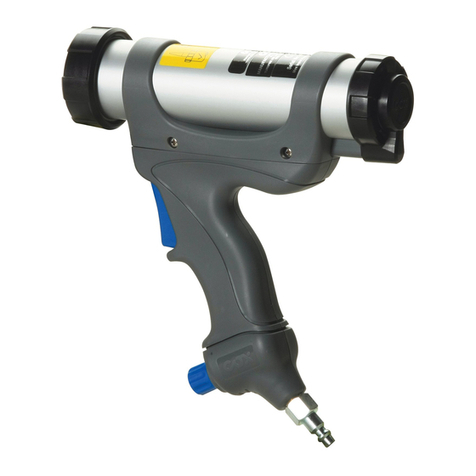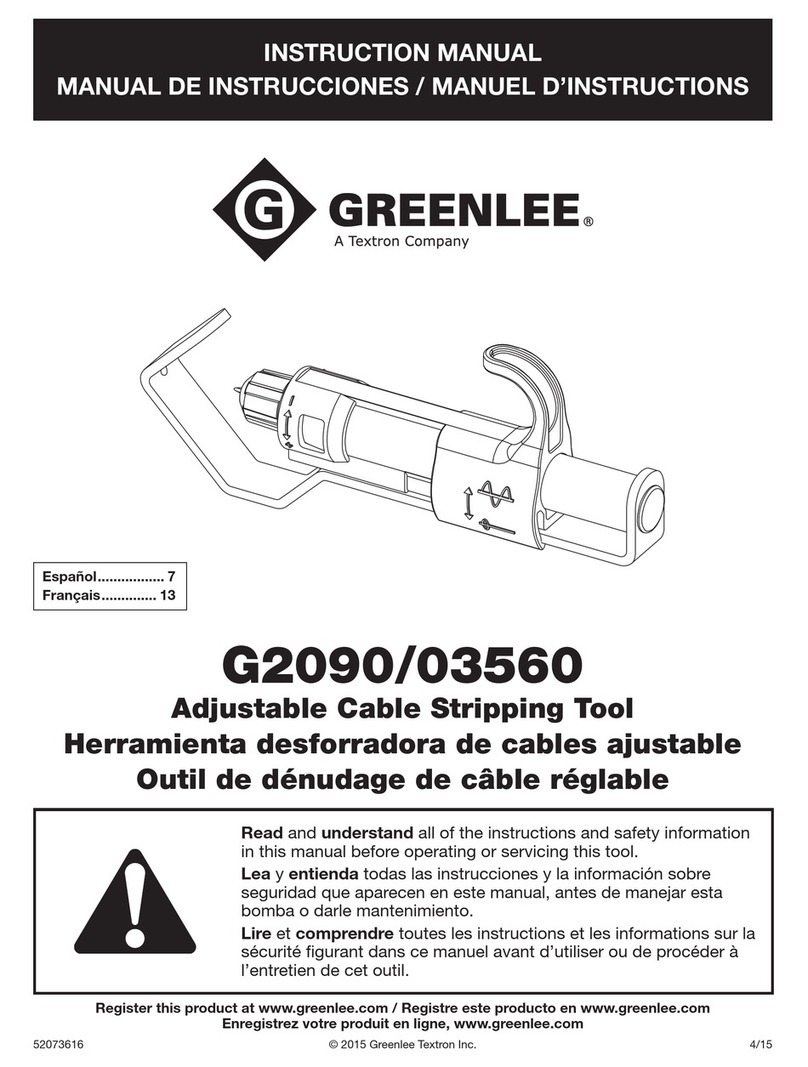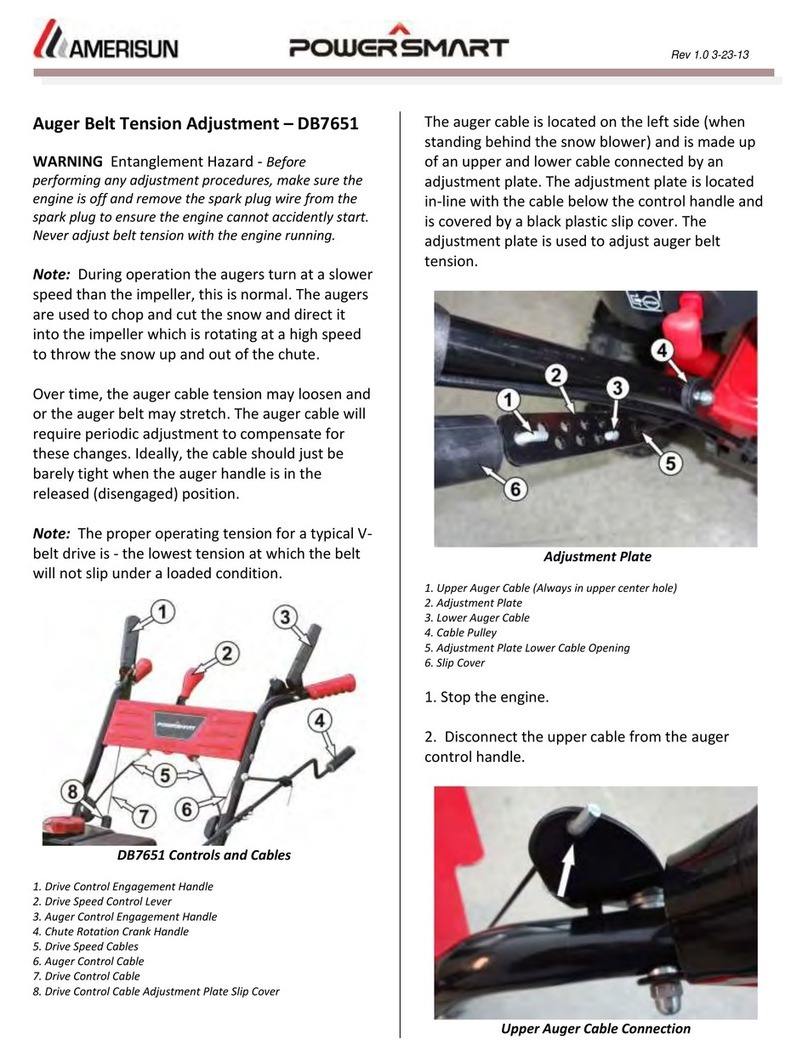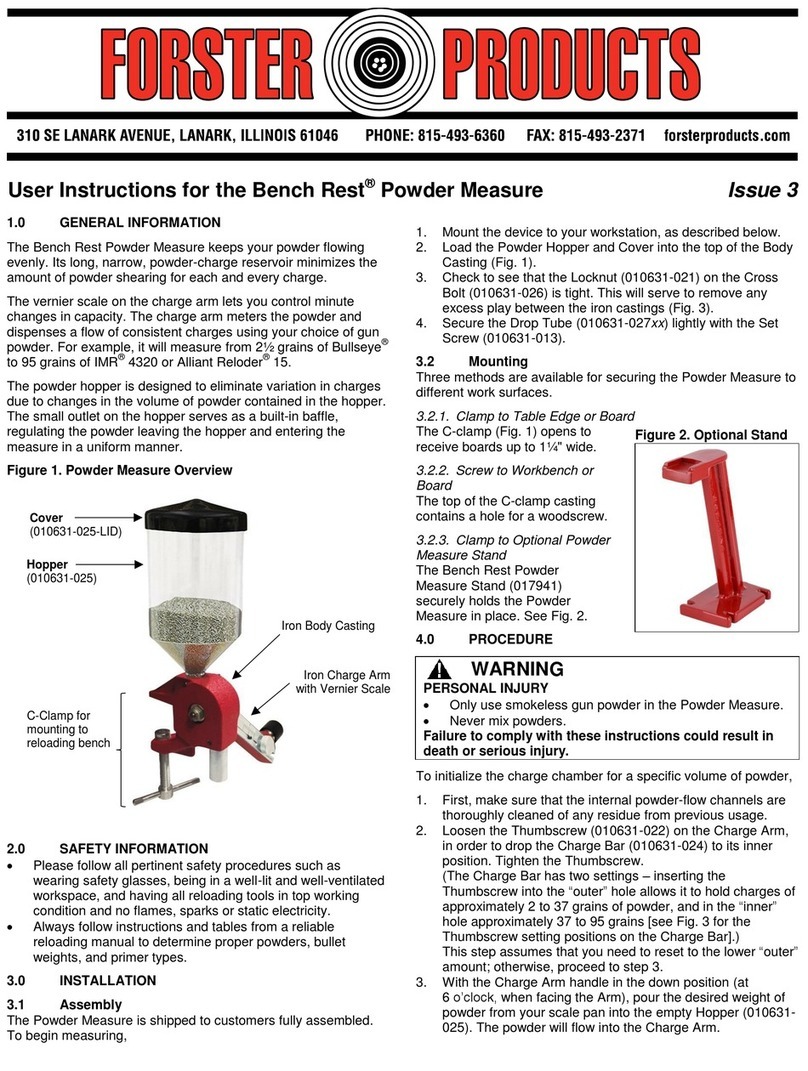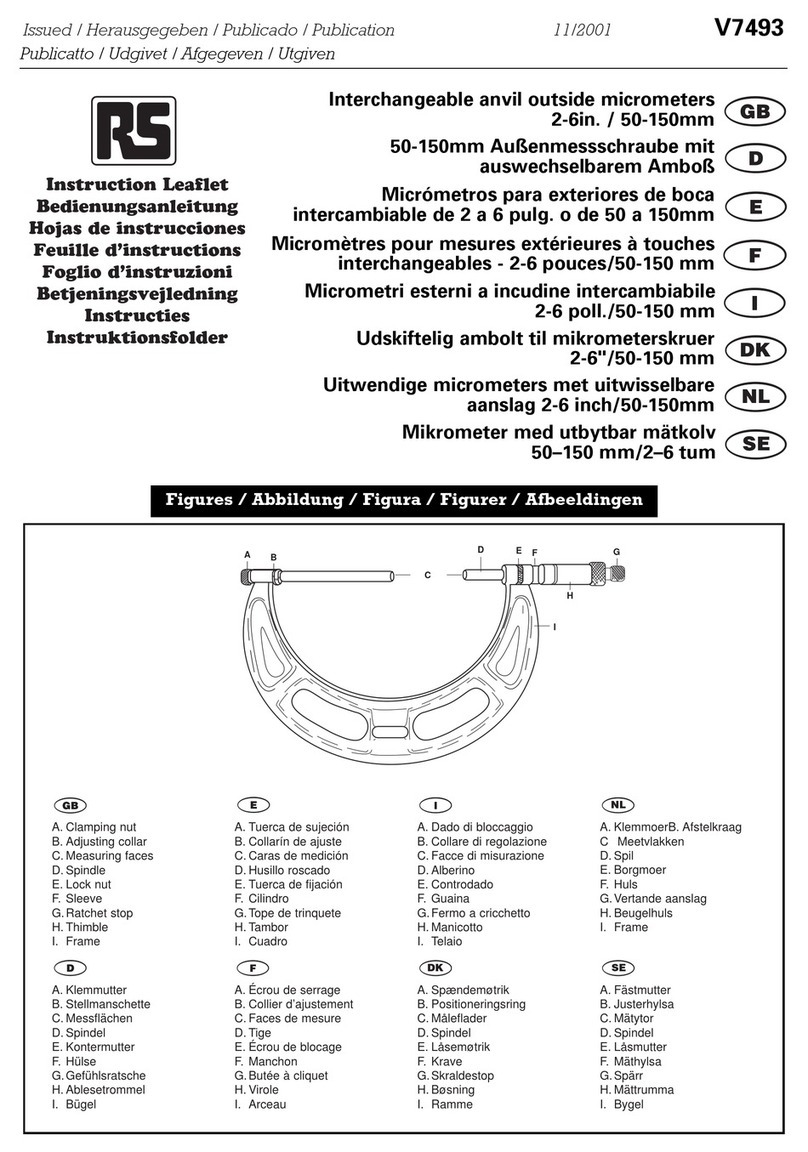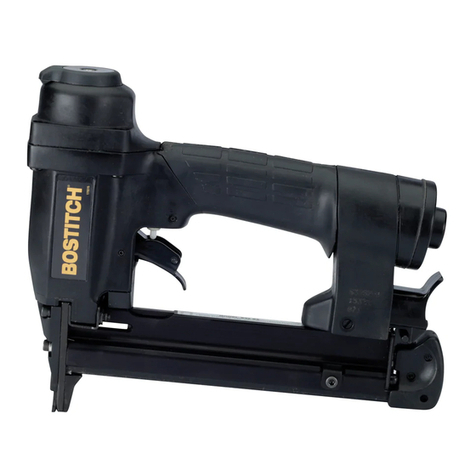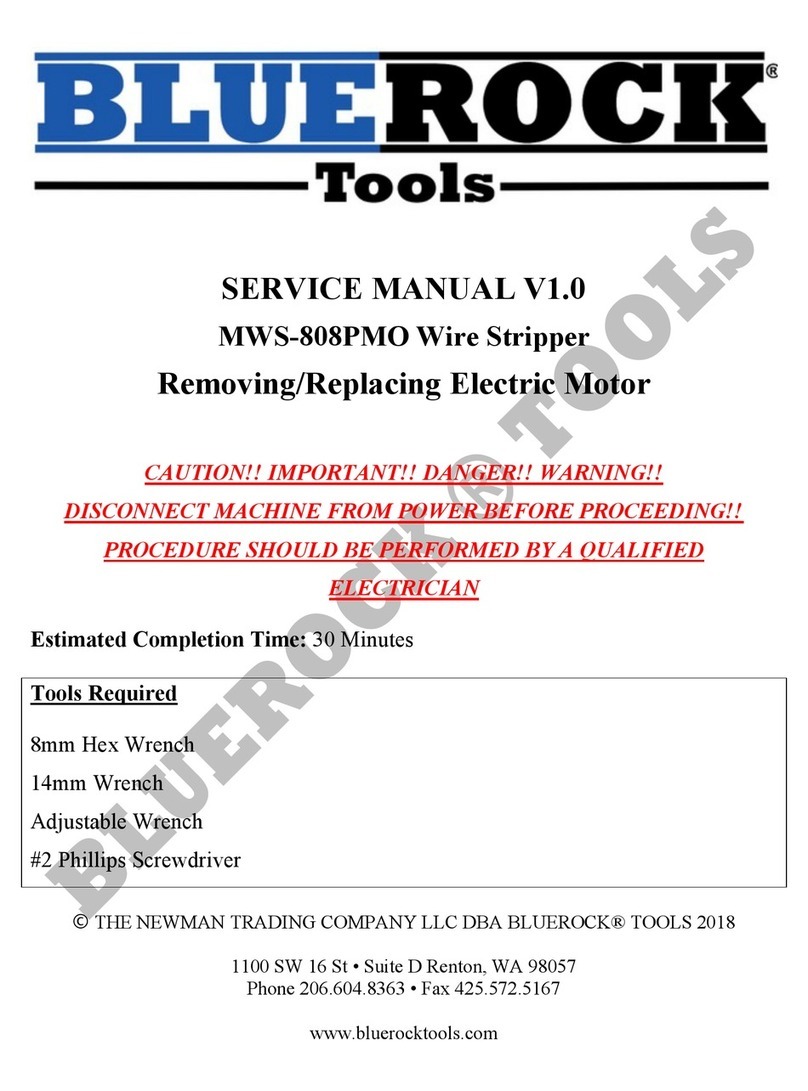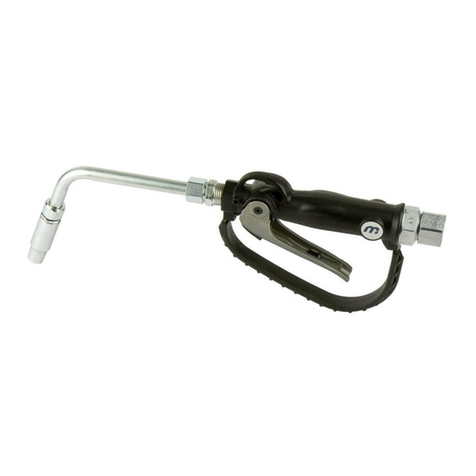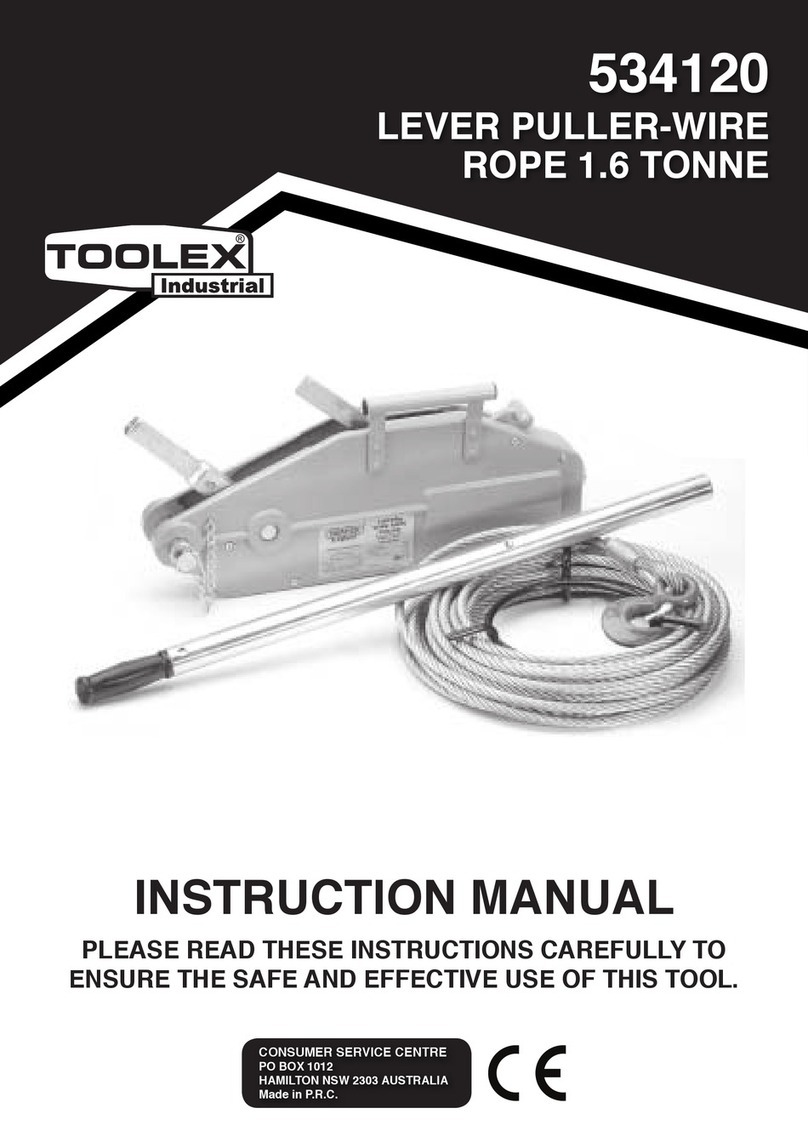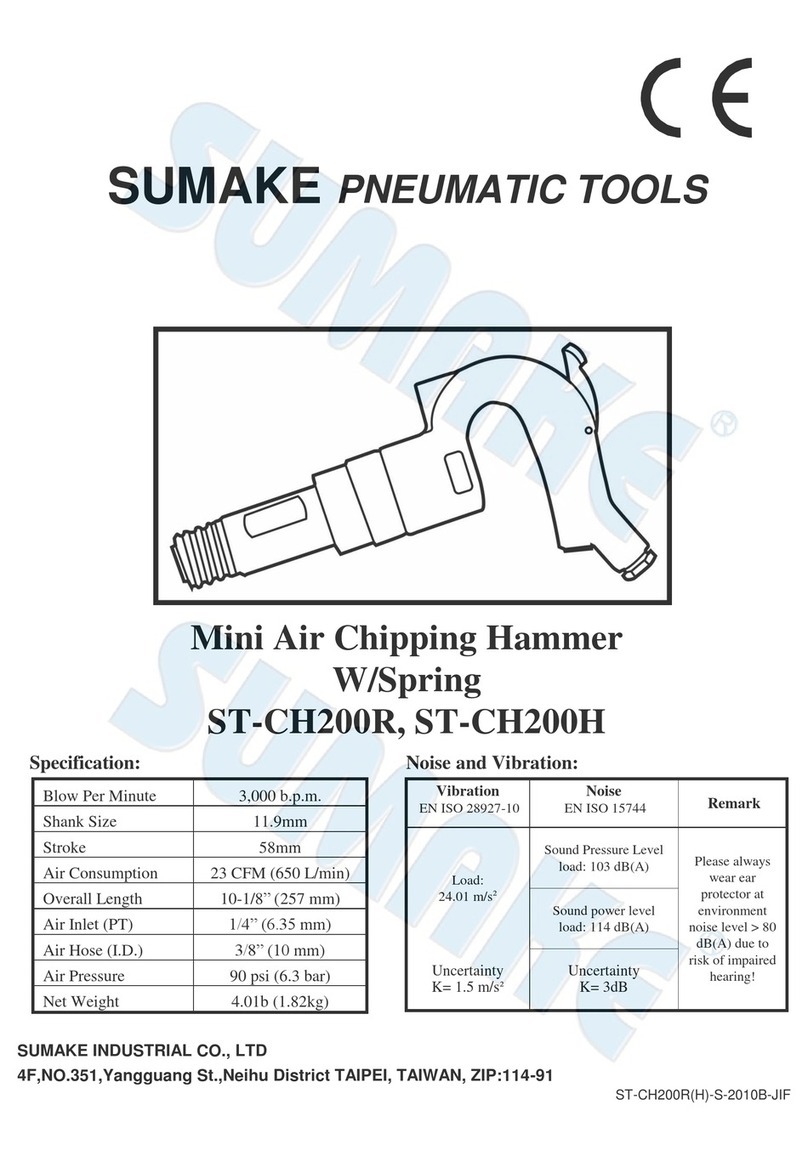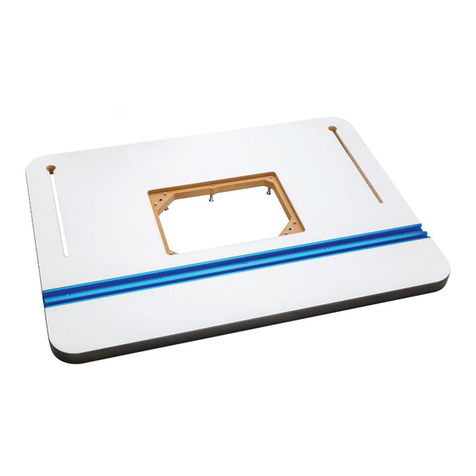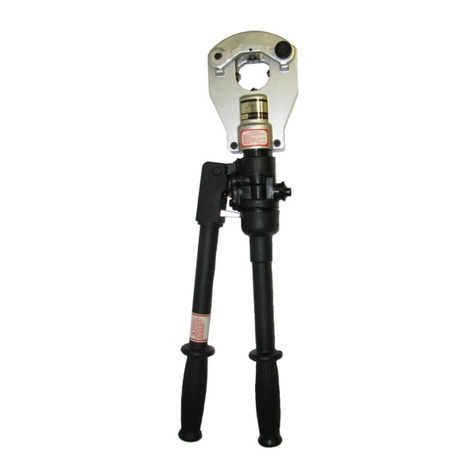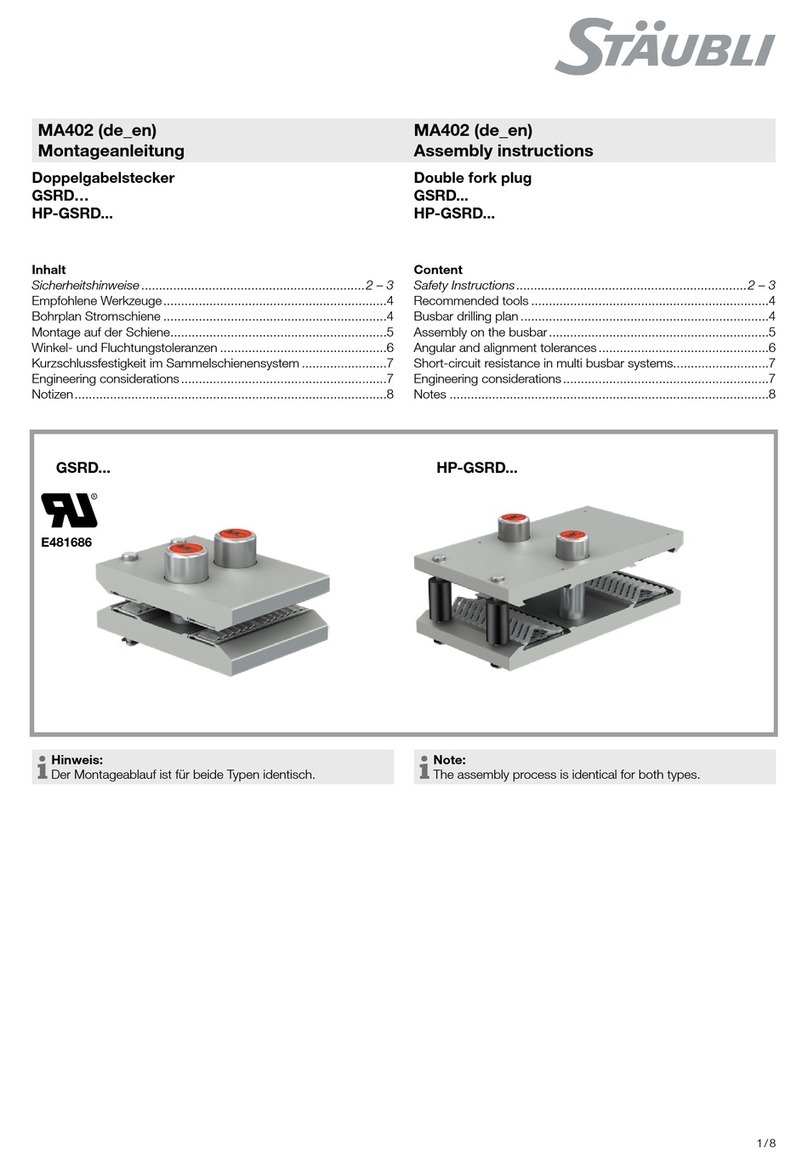COX Flo-Torq SSR HD User manual

OWNER’S
MANUAL
–––
– designed for
purpose
coxmarine.com

TABLE OF CONTENTS
WELCOME INFORMATION
OUTBOARD SAFETY
TECHNICAL SPECIFICATION
OUTBOARD INSTALLATION
OPERATION
MAINTENANCE
STORAGE
TROUBLESHOOTING
WARRANTY
APPENDIX
3
9
15
27
33
54
79
82
86
87
1.0
2.0
3.0
4.0
5.0
6.0
7.0
8.0
9.0
10.0

3COX OWNER’S MANUAL
1.0 WELCOME INFORMATION
1.0 WELCOME INFORMATION
1.0 WELCOME INFORMATION
Welcome to the Cox Diesel Outboard.
This Owner’s Manual, along with the other publications included on the Partner Resource Portal,
has been designed to explain the outboard’s operation, control and maintenance of its systems to
aid in experiencing the pleasure of owning a Cox Diesel Outboard.
All new owners should carefully read and comprehend the content of this manual before operating their
outboard(s). Should any questions arise, please contact an authorised Cox Powertrain dealer.
In this Owner’s Manual, all important safety cautions, warnings and notes are specified in the following
ways:
While every effort has been made to make sure the accuracy of the particulars contained in this Owner’s
Manual, neither the manufacturer nor the dealer, by whom this Owner’s Manual is supplied, should in
any circumstances be held responsible for any inaccuracy or the consequences thereof.
All rights reserved. No part of this manual may be reproduced, stored in a retrieval system or transmitted
in any form, whether electronic, mechanical, photocopied, recorded or by any other means without
authorisation from Cox Powertrain.
Cox Powertrain reserves the right to change specifications without notice in accordance with its policy of
continuous product improvement.
WARNING
Identifies procedures which must be followed precisely to
help avoid the risk of personal injury or death.
CAUTION
Identifies procedures which must be followed precisely to
reduce the possibility of damage to the outboard(s).
NOTE
Identifies procedures which must be followed precisely to
avoid difficulties in the operation of the outboard.

4COX OWNER’S MANUAL
1.0 WELCOME INFORMATION
1.0 WELCOME INFORMATION
1.1 CERTIFICATION OF CONFORMITY
The Cox Outboard Engine is in conformity with the following requirements:
a) USA EPA – 40 CFR 1042 Tier 3
b) IMO Annex VI Reg.13 Tier II (EIAPP)
c) EU Directives:
(i) 2013/53/EU (RCD II).
(ii) 2006/42/EC (Machinery).
(iii) 2014/30/EU (EMC).
(iv) The outboard caries the CE marking on the affixed label.
1.2 CALIFORNIA WARNINGS
WARNING
Breathing diesel engine exhaust exposes you to chemicals known to the
State of California to cause cancer and birth defects or other reproductive
harm.
Always start and operate the engine in
a well-ventilated area.
If in an enclosed area, vent the exhaust to the outside.
Do not modify or tamper with the exhaust system.
Do not idle the engine except as necessary.
For more information go to
www.P65warnings.ca.gov/diesel

5COX OWNER’S MANUAL
1.0 WELCOME INFORMATION
1.0 WELCOME INFORMATION
1.3 ENVIRONMENTAL CONSIDERATIONS
The Cox Diesel Outboard offers significantly improved fuel consumption over equivalent gasoline
outboards operating under the same duty cycle. However there are some steps, which the operator
should take, to make sure the vessel operates optimally and the effect on the environment is at
minimum.
Consider boating at cruise rather than maximum power
The vessel consumes an increasing amount of fuel for each additional knot of speed. Reducing
from maximum power to cruise results in significant reductions in fuel consumption and will increase
the overall nautical mile range.
Follow the recommended maintenance schedule in order to maintain efficiency
The Cox Diesel Outboard maintenance schedule is designed to keep the powerhead operating
efficiently throughout its lifetime, providing the best fuel consumption at any speed. Be sure to
monitor the outboard operating hours against the maintenance chart (see section 6.1) and contact a
local authorised Cox Powertrain dealer for servicing as necessary.
Make sure the propeller and trim settings are matched to the vessel type and loading
Incorrectly set trim angle or an incorrectly selected propeller can lead to significant increases in fuel
consumption and can damage the outboard. Consult an authorised Cox Powertrain dealer if unsure
about managing trim through different boating conditions or choosing the best propeller for the
application.
Keep the vessel hull clear of biomass to reduce drag and fuel consumption
Biological fouling below the waterline of the hull will impact the vessel’s performance while increasing
load and fuel consumption of the outboard(s).
Examine for fouling regularly, clean if necessary and consider applying anti-fouling paints to keep
the hull smooth and the vessel efficient. Consult the boat builder or an authorised Cox Powertrain
dealer for paint recommendations.

6COX OWNER’S MANUAL
1.0 WELCOME INFORMATION
1.0 WELCOME INFORMATION
1.3.1 DISPOSING OF USED OIL
Hydrocarbon-based oils lubricate the mechanical components of the outboard and move
contaminants away from working surfaces. These oils and contaminants are hazardous to the
environment and wildlife and pose a potential fire hazard if stored incorrectly.
When changing oil and associated parts including filters and seals, make sure to discard them
responsibly and avoid spillage and waste wherever possible. Contact the local environmental authority or
an authorised Cox Powertrain dealer to review the local options: which may include waste management
centers, recycling facilities, local automotive and marine businesses or collection services etc. Oil is a
finite and valuable resource which many of these facilities can process for reuse.

7COX OWNER’S MANUAL
1.0 WELCOME INFORMATION
1.0 WELCOME INFORMATION
1
3
2
4
1.4 IDENTIFICATION
An identification label is attached to the starboard side PTT bracket (see section 3.3). This label
displays the outboard’s serial number, along with worldwide compliance information including the
standards and their relevant enforcement authorities.
Figure: Compliance label.
1 Outboard serial number.
2 Outboard build and
configuration information.
3 Emissions standards and information.
4 European and UK standards conformity mark.
Figure: Serial number label.
1 Outboard serial number QR code.
2Outboard serial number.
3Model designation.
2
1
3
The serial number is replicated on a smaller label attached to the powerhead and viewable after
removing the Top cowling.
1
3
2
4

8COX OWNER’S MANUAL
1.0 WELCOME INFORMATION
1.0 WELCOME INFORMATION
1.5 DATA COLLECTION AND HANDLING
Computers in the outboard are capable of recording detailed data, including but not limited to,
powerhead, throttle, gear selection and other module and system status. This may include
information regarding the usage of the outboard recorded during regular operation.
Collected data will be transmitted to Cox Powertrain for the purpose of gaining insight into the
performance of the product in real world usage. From time to time, it may be incompatible to separate
outboard data from the user’s personal data. In such circumstances where personal data may be
collected, Cox Powertrain have adequate safety and privacy policies, including encryption, to keep such
data safe for a limited period of retention. The data will remain under the control of Cox Powertrain and
third parties, of whom Cox Powertrain warrants to have in place safety and privacy policies that are
equivalent to those of Cox Powertrain for data protection and safe keeping.
Collected data will strictly be for the purpose of analysing, processing and assessing information
necessary for Cox Powertrain’s legitimate business interests including but not limited to, investigating
outboard performance, fitness for purpose, fault diagnosis, fuel efficiency, etc. Such data will not be
released to any other company and/or individual except where compelled by legal requirements or
requested by others with whom the customer will have granted prior consent.

2.0 OUTBOARD SAFETY
2.0 OUTBOARD SAFETY
9COX OWNER’S MANUAL
2.1 SAFETY RECOMMENDATIONS
All cowling must be installed
To avoid death or serious injury, make sure all cowling are
correctly installed when the outboard is operating. Hands, feet,
hair, clothing, personal accessories, floating device straps etc.
may become entangled with internal moving parts.
Avoid stepping on the outboard
To avoid injury or damage, do not step, stand or sit on the cowling
or any other part of the outboard.
Hot parts can cause burns
Outboard components get very hot during normal operation and
can cause severe burns to skin, on contact.
Avoid removing any cowling after operation until the outboard has
had time to cool down.
Electric shocks possible
Always stop the outboard(s) and isolate the battery supply and
any other external power supply before working on electrical
systems. Avoid unnecessary contact with electrical components
while starting or operating the outboard(s).
Leaking fuel is a hazard
Leaking fuel may be hot and can create a fire or burn hazard. Stop
the outboard if a leak is found and clear up any spills.
The propeller has sharp edges
The propeller has sharp edges by design and can cause harm
even when stationary. Do not operate the outboard out of the
water with a propeller installed, even if neutral gear is selected.
Never work on a propeller with the outboard running.
Passengers may fall overboard and come into contact with a
moving propeller. Remain aware and vigilant to minimize the risk
of injury.

2.0 OUTBOARD SAFETY
2.0 OUTBOARD SAFETY
10 COX OWNER’S MANUAL
Power, tilt and trim (PTT) includes
powerful hydraulics
The PTT system consists of powerful hydraulic
circuits which can easily crush body parts within
the movement arc of the outboard. Do not operate
the trim or tilt systems with people in the vicinity
of the outboard(s). Avoid passing underneath the
outboard(s) when tilted, even with a locked tilt
support in place.
The PTT system must only be used for moving the
outboard, and no other item or individual.
The PTT switches located at the helm and on the outboard will actuate the hydraulic circuits even
when the outboard(s) ignition switch is in the OFF position. Make sure battery power is isolated
when working around the outboard(s).
Always check the mounting fasteners on the PTT system to make sure the outboard(s) is(are) safely
attached to the vessel’s transom.
Underwater object strike can cause violent deceleration
The PTT system includes a pressure relief circuit to allow the outboard(s) to swing and absorb
impact energy in the event of an underwater object strike.
The amount of impact energy increases with speed and the capacity of the outboard(s) to absorb this
energy is limited. At higher speeds the likelihood of significant outboard and vessel damage is greatly
increased. Remain vigilant and aware of the local water conditions and slow down if uncertain or if
floating debris can be seen.
Wireless kill switch can cause sudden deceleration
The wireless kill switch shuts the outboard(s) off immediately if the operator moves a certain distance
away from the helm station, for instance if falling overboard or moving to another part of a large
vessel. This prevents the vessel from running away under power and stranding the operator or
becoming a danger to the surroundings.
Triggering the kill switch will result in sudden and violent deceleration as outboard drive thrust is shut
off, especially if traveling at high speed. Take care to avoid false triggering and always make sure
the passengers are appropriately seated.

2.0 OUTBOARD SAFETY
2.0 OUTBOARD SAFETY
11 COX OWNER’S MANUAL
Modifications may be illegal and unsafe
The various systems of the outboard(s) are designed to work together continuously to provide a safe
and reliable boating experience. Any modifications to the outboard(s) are likely to affect safety, legality and
longevity and should be expressly avoided.
Shut down when refuelling
Always shut down the outboard(s) before refuelling.
2.2 BOATING SAFETY
Avoid boating under the influence of alcohol and drugs
Never operate a vessel under the influence of alcohol, drugs or any legal or illegal substance, whether
prescribed or non-prescribed, that can impair judgment or ability. Make sure to be aware of the legal
requirements and limits for substance consumption in all territories in which the vessel will operate.
Use appropriate personal flotation devices (PFDs)
Be sure to have sufficient and appropriate personal flotation devices on board for all passengers,
operator included. Cox Powertrain recommends the use of PFDs when boating, they may be a legal
requirement in one or more of the territories in which the vessel will operate. Make sure all passengers
are aware of the location of emergency equipment, and that the equipment is in a serviceable state, for
example within any use-by periods.
Carry sufficient emergency equipment
Always carry the appropriate safety and emergency equipment. This may include, but not be limited to, an
appropriate fire extinguisher, visual distress signalling flares and equipment, throw-able buoyant cushion,
a first aid kit, locating beacons (EPIRB, PLB) and others. Please consult local authorities for a complete
safety and emergency equipment requirement list for the planned journey.
Load and power the vessel appropriately
Always make sure the vessel is appropriately loaded and powered before leaving port. Consult the
build plate for maximum capacity and weight, including passengers. The weight must be appropriately
distributed in accordance with the vessel manufacturer’s instructions. Overloading or incorrect weight
distribution can increase the risk of accidents, capsizing or swamping.
Be aware of navigation laws
Make sure to be aware of all marine laws and regulations in the territories in which the vessel will
operate. Learn and obey all applicable navigation rules; including recognition of the shapes, colours
and flashing patterns of all buoys on the planned journey.

2.0 OUTBOARD SAFETY
2.0 OUTBOARD SAFETY
12 COX OWNER’S MANUAL
Know operator and the vessel’s limits
Operate the vessel at safe speeds and within operator limits. In order to keep a safe distance from
other vessels, people and objects, avoid sharp or aggressive manoeuvres which can increase the risk of
collision, ejection from the vessel or loss of control. If uncertain, reduce vessel speed.
Be aware of the surroundings
Watch carefully for people in the water. Make sure the outboard(s) is(are) switched off when people are in
close proximity to the vessel.
Do not let anyone out on a stern swimming platform while the outboard(s) is(are) running. Be especially
careful when water-skiing, and around other boaters who are towing water-skiers.
Remain vigilant for diving flags and steer clear of areas where there are divers.
WARNING
Even when idling in neutral, drag torque will turn the propeller and create a physical hazard.
Make sure passengers are aware of basic safe outboard operation on the vessel in case of
emergency, for example, to recover the operator in a man overboard situation.
Always check weather forecasts and tidal charts before leaving port. Do not set out in adverse
weather or tides.

2.0 OUTBOARD SAFETY
2.0 OUTBOARD SAFETY
13 COX OWNER’S MANUAL
ON/OFF
START
2.3 MAN OVERBOARD PROCEDURES
The outboard is designed to work with wireless fob keys for man overboard (MOB) protection,
among other functions.
If the operator or a passenger falls overboard with a master fob attached, all installed outboards
will be shut down and the control panel will emit a sound for 12 seconds. The control panel LED will
flash red to indicate MOB protection is active.
NOTE
Unlike a physical lanyard, the wireless fob will not stop the outboard in case of a fall on-board the
vessel within signal range. In this case, the centre button on the Master fob should be pressed and
held to shut down the outboard.
NOTE
If the master fob is not present when the outboard(s) have been restarted at the control panel after
a MOB event, the outboard(s) will remain operable for 1 hour before the PIN-code or master fob must
be used to restart the system. Restart the outboard(s) using the master fob as soon as possible to
reactivate fob functionality. In the event the master fob is misplaced, a new master can be paired
using the procedure in section 4.4.2.
Figure: MOB restart steps.
Restarting the outboard(s)
after a MOB event
1Return the outboard control
lever(s) to the neutral position.
2When the LED on the control panel
stops flashing red (1), the start
button will light orange to indicate
that the ignition has switched back
on (2).
3Press and hold each arrow button
on the control panel for 2 seconds at
a time to send the start signal to the
corresponding outboard (3-6).
4
3
1
5
6
2

2.0 OUTBOARD SAFETY
2.0 OUTBOARD SAFETY
14 COX OWNER’S MANUAL
Figure: False MOB Recovery
steps.
Taking control in a false
MOB event
1In the event of a false triggering
of the MOB protection, firstly
return the outboard control
lever(s) to the neutral position.
2 Press and release the ON/OFF
button (1) on the control panel to
cycle the ignition on.
3 Press and hold each arrow
button (2-5) on the control
panel for 2 seconds at a time
to send the start signal to the
corresponding outboard.
WARNING
Always keep the master fob on the operators person.
2.4 WARNING LABELS
Please note the following safety labels placed on the outboard.
ON/OFF
START 3
2
1
4
5

3.0 TECHNICAL SPECIFICATION
3.0 TECHNICAL SPECIFICATION
15 COX OWNER’S MANUAL
Overview
Maximum power operating range 3700-4000 RPM
Warm idle speed in neutral 750 RPM
Rated propeller shaft power 224 kW (300 bhp)
Peak powerhead torque 959 Nm (707 lb-ft)
Outboard dry weight 393 kg (866 lb)
Rigging
Mounting pitch 762 mm (30")
Mounting bolts 6 x M12 A4-80
Steering angle +/- 30
˚
Tilt and Trim Hydraulic power tilt-trim
Trim cylinder range, relative to vertical -5° to +16° on a 14° transom
Tilt cylinder range, relative to vertical +16° to +69° on a 14° transom
Battery type 12 V, AGM
Minimum battery capacity 1150 CCA, 230 Ah
Powerhead
Design 4-stroke DOHC 32-valve V8
Bore x stroke 84.0 x 98.5 mm (3.3 x 3.9”)
Total displacement 4367 cm³ (266 in³)
Compression ratio 16.0:1
Aspiration Twin turbochargers
Cooling Raw water, anode protected
Temperature control Thermostats, oil cooler (optional)
Fuelling system High-pressure common rail
Fuel type Ultra-low sulphur diesel
Fuel specification EN 590, ASTM D975 No.2-D
Powerhead oil Min standard - Fully Synthetic API CI-4 / SAE 10W40 or 5W40
Powerhead oil capacity 11 L (11.6 US qt)
Transmission
Design Spiral bevel gear drive
Gear ratio 1.46 (19/13)
Maximum propeller shaft speed 2737 rpm (1.46 ratio)
Propeller shaft output 31.75 mm (1.25”) shaft, 19 tooth spline
Maximum propeller diameter 406.4 mm (16”)
Gear oil SAE 80W90, API GL-5 or 75W90, API GL-5 Marine Gear Oil for colder climates
Gear oil capacity 2.5 L (2.6 US qt)
3.1 TECHNICAL SPECIFICATION TABLE

3.0 TECHNICAL SPECIFICATION
3.0 TECHNICAL SPECIFICATION
16 COX OWNER’S MANUAL
3.2 DESIGN OVERVIEW
Main sub-systems
4
1
5
6
2
Figure: Main sub-systems.
1Top cowling.
2Powerhead.
3Top cowl latch.
4Mid cowling.
5Power tilt-trim unit.
6Lower cowling.
7Spacer (if installed).
8Transmission.
7
8
3

3.0 TECHNICAL SPECIFICATION
3.0 TECHNICAL SPECIFICATION
17 COX OWNER’S MANUAL
Figure: Outboard Interface - Port Side.
1Power tilt-trim switch.
2Top cowl latch.
3Propeller anode.
4Rear water inlets.
5Front water inlets.
3.3 DESIGN FEATURES
Outboard interfaces - port side
1
3
4
5
2

3.0 TECHNICAL SPECIFICATION
3.0 TECHNICAL SPECIFICATION
18 COX OWNER’S MANUAL
Figure: Outboard Interface - rear side.
1Rear flush connector. 2Idle relief vent. 3 Anti-cavitation plate.
Outboard interfaces - rear side
1
3
2

3.0 TECHNICAL SPECIFICATION
3.0 TECHNICAL SPECIFICATION
19 COX OWNER’S MANUAL
Figure: Outboard Interface - starboard side.
1Front flush connector. 2 Tell-tale stream. 3 Top cowl latch.
Outboard interfaces - starboard side
2
1
3

3.0 TECHNICAL SPECIFICATION
3.0 TECHNICAL SPECIFICATION
20 COX OWNER’S MANUAL
Under cowl interfaces
Figure: Under-cowl interfaces.
1Air filters.
2CCV canister.
3Fuel filter.
4Oil dipstick / Oil fill point.
5Oil filter.
6Powerhead oil drain plugs / Oil drain point.
6
5
2
1
4
3
This manual suits for next models
1
Table of contents
Other COX Tools manuals
